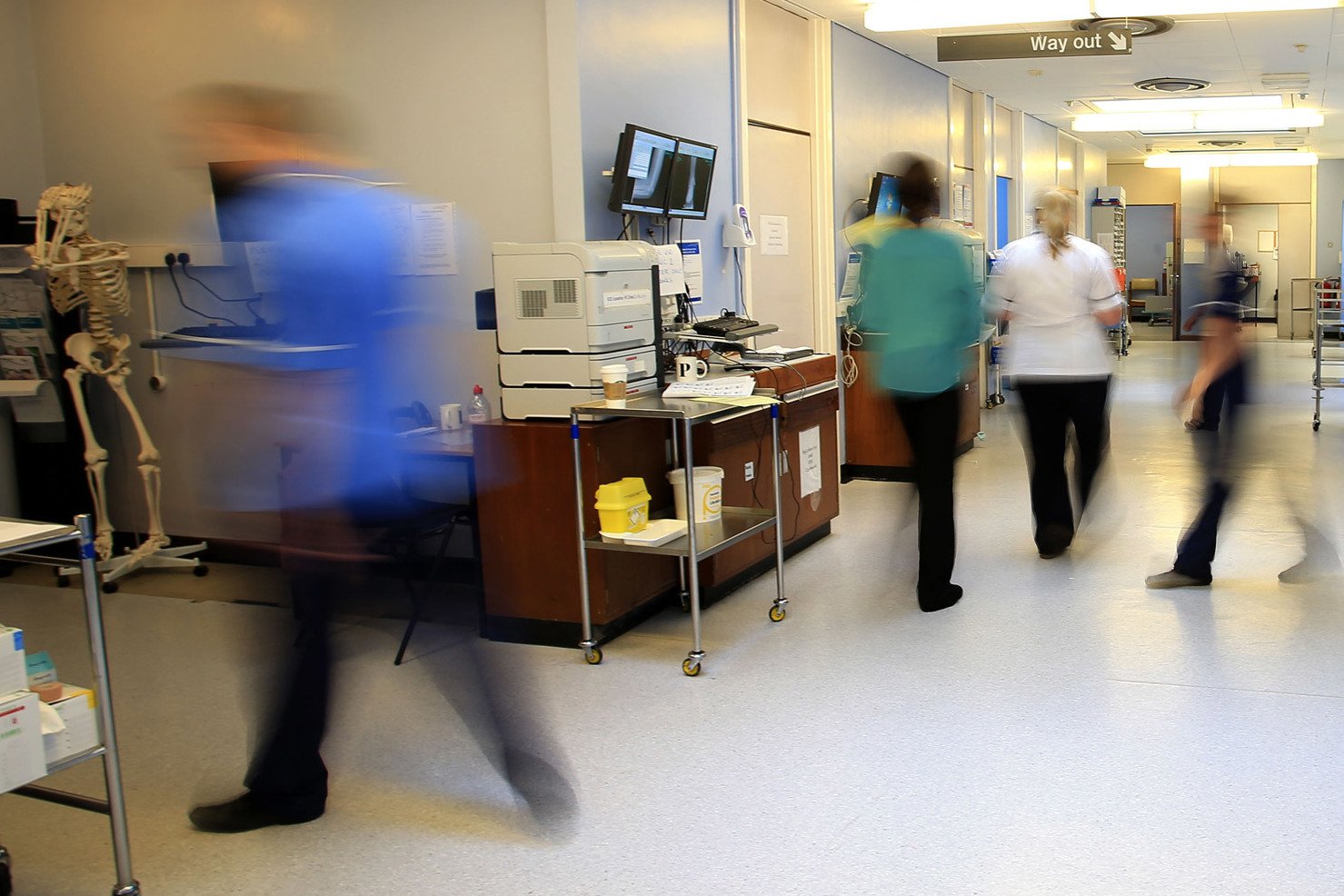Stanford Medicine hired Dr. Tait Shanafelt as chief wellness officer last year, not so much for the well-being of the patients — but of the physicians.
An oncologist and hematologist by training, Shanafelt, 46, has become a national leader in the movement to end physician “burnout” — the cumulative effect of years of stress that can compromise patient care and cause doctors to leave medicine. After 12 years at the Mayo Clinic, Shanafelt now heads up Stanford’s WellMD Center, dedicated to physician health. He also serves as an associate dean of the Stanford University medical school.
He lives in Portola Valley, Calif., with his wife, a nurse, who works part time, and their four children, ages 4 to 13.
Shanafelt’s goal is to address the systemic problems in medicine — long hours, a culture of blame, endless record-keeping — and find solutions that go far beyond yoga classes or free ice cream for doctors.
Shanafelt’s research “has raised national awareness of physician burnout,” said Dr. Christine Sinsky, an Iowa physician and vice president of professional satisfaction for the American Medical Association, who has co-authored studies with Shanafelt. “Because of his work, institutional leaders now understand the importance of addressing burnout,” she said. And “improvement is possible.”
It’s a high-stakes effort, one joined by other physicians and researchers nationwide: Roughly 300 to 400 doctors die by suicide each year, and physicians rank among the occupations with the highest risk of death by suicide. A 2017 National Academy of Medicine paper, co-authored by Shanafelt, found that more than half of U.S. physicians experienced “substantial symptoms” of job burnout.
Shanafelt spoke to California Healthline recently about his work. The interview has been edited for length and clarity.
How did you come to be interested in physician burnout and well-being?
It’s a bit of a fluke, to be honest. As an internal medicine resident 20 years ago, I was supervising a team of interns [when my supervisor] asked, “What are you observing?” I said that burnout is affecting the care we give to patients. We did that first study — it was one of the first to show links between burnout and patient-care outcomes. It became an absolute lightning rod. It completely opened a national dialogue on the topic.

How is physician burnout linked to quality of care?
We’ve shown in a number of studies that every one point increase in burnout [as measured by a survey] increases the risk of a medical error in the next three months. Other studies have shown that if a hospitalized patient is being cared for by a doctor who’s burned out, their recovery takes longer. … Burned-out physicians are more likely to [leave their jobs] or work part time, and that’s disruptive to the continuity of care for their patients. Burned-out doctors are twice as likely to have patient complaints from the ombudsman and complaints of unprofessional behavior.
What is it about the physician culture that leads to burnout?
[The notion] that physicians are superhuman and that normal human limitations don’t apply to us. The way we trained physicians to do 36 hours on a shift and somehow, we thought we’d be as good in Hour 36 as we were in Hour 1. We know that’s not true for any profession. We also tend to have a culture of invincibility and … a lack of vulnerability with colleagues.How have you handled burnout personally?
I have a clear sense of the things that really matter to me, both professionally and personally, and try to make choices that are aligned with that. I have accountability partners — one of whom is my wife — who ask, “Are you living consistent[ly] with the things that matter most?” Being able to recognize within yourself when you need to take a break and step away and have rest and use your vacation in a strategic way, I think about these in far more intentional ways than I did earlier in my career.
What are some changes you’d like to see in medical education to prevent burnout?
We probably need to imbue future physicians with different values about self-calibration and self-care as necessary skills. There needs to be a greater culture around vulnerability and supporting each other in the demands of the work.
We also need to understand the unique challenges and demands of each specialty. A surgeon and a radiologist have different jobs. Emergency physicians, for example, have high rates of burnout but also high rates of work-life satisfaction.
But unless we as a profession have a dialogue about burnout more broadly, all the things we do in training will have a limited impact. The minute new doctors go into practice, they look at behavior of their more senior colleagues and they’re instantly going to adopt that behavior.
How has the consolidation of health care — with fewer independent practice physicians — affected doctor burnout?
It’s a double-edged sword. A larger system has opportunities to think about the way work is distributed to provide more flexibility and to create systems of peer support. … But by the same token, many health care organizations also restrict autonomy, and people have less flexibility than they might have had in a small group practice. … They’re held accountable for productivity expectations and expected to overwork. We need to give people a voice. … We need to help leaders not treat people as cogs or widgets.
KHN’s coverage of these topics is supported by California Health Care Foundationand Blue Shield of California Foundation
This story was produced by Kaiser Health News, which publishes California Healthline, a service of the California Health Care Foundation.




